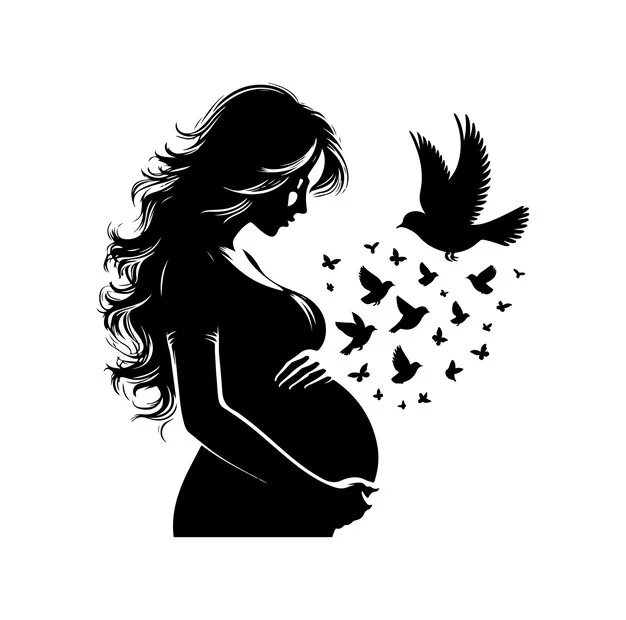My almost 3-year-old daughter, Lily, is truly stunning. And I’m not just saying that because I’m her mom. She’s a gorgeous little girl with long, flowing brown hair that could easily be the star of a shampoo ad. Her hazel eyes shine brightly, and her smile is simply contagious. Everywhere we go, people can’t help but notice her charming features and the mismatched outfits she insists on wearing.
Yet, beneath her vibrant looks lies a little secret—an unusual birthmark. Lily was born with a fist-sized vascular birthmark, known as a hemangioma, on the right side of her thigh and buttocks. What began as a faint bruise has grown into a noticeable mark, complicated by a severe ulceration when she was just four months old. While these marks tend to fade as children grow, they are still very visible now, especially during summer when she proudly wears her pink polka dot swimsuit.
Our family and friends have grown accustomed to her birthmark. They’ve watched it develop alongside her, and while they sometimes inquire about it, it generally goes unnoticed in their interactions with her. However, during a recent trip to a water park, it became glaringly obvious that not everyone shares this understanding. To those unfamiliar, Lily stood out—not in the way I wished.
As she splashed around, joyfully calling for her baby brother, I couldn’t help but notice the stares. One woman exchanged worried glances with her husband, while a little boy seemed fixated on the birthmark as if he was trying to decipher what it was. “She’s perfect just the way she is!” I wanted to shout, but instead, I found myself constantly adjusting her swimsuit, hoping to hide it from view. I felt anxious, wishing she had her shorts on to cover what I worried others might judge.
But then it hit me. I was the one feeling insecure for someone who didn’t even know what self-conscious meant. I was projecting my fears about societal standards of beauty onto a child who was too busy pretending to hunt crocodiles to care about her appearance. Lily didn’t mind her birthmark, so why should I? Her biggest worry was catching imaginary creatures, while I was busy fretting about how others perceived her.
I want her to grow up feeling confident and embracing her unique beauty. That journey starts with my reaction to her differences. Every child has something that sets them apart, whether it’s a diagnosis like autism or a physical difference like a birthmark. I’m fortunate that Lily’s difference is merely cosmetic, yet I still grapple with the thought of people judging her before I have a chance to explain.
But you know what? I shouldn’t feel the need to justify her existence to anyone. Kids shouldn’t be held to the same beauty standards we apply to celebrities. Lily is a beautiful child enjoying life, not just a pretty girl with an unusual mark.
So, no more hiding her birthmark or monitoring people’s reactions. That mindset only feeds insecurities in her innocent spirit. She’s happy, confident, and radiates joy—qualities I want to nurture.
To strangers, her birthmark may seem odd, prompting puzzled looks. But to me, it’s a badge of uniqueness that makes her the most beautiful little girl in her pink polka dot swimsuit.
If you’re interested in learning more about parenting and body positivity, check out this excellent resource on infertility and family planning. You can also explore this guide for home insemination. And for more insights, don’t forget to check out our other blog post here.
Summary:
In this heartfelt reflection, Jamie Brooks shares her journey of navigating her daughter Lily’s unique birthmark and the insecurities that arise from societal beauty standards. Through her experiences at a water park, Jamie realizes the importance of fostering confidence and self-acceptance in her daughter, emphasizing that every child has their special traits that make them beautiful.
